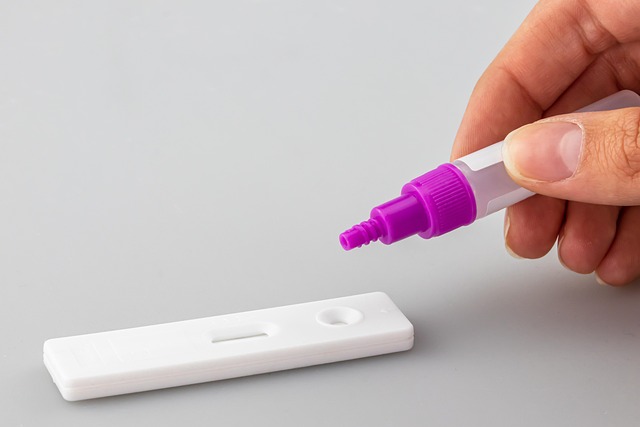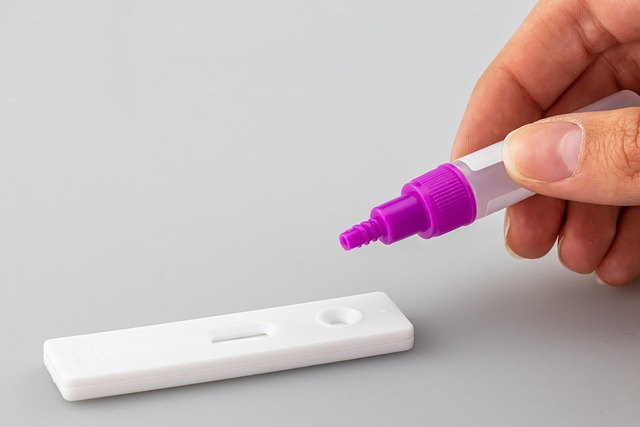San Antonio homes built before 1978 may contain lead paint, posing health risks to children. To protect them, homeowners and renters should regularly inspect painted surfaces, follow safety guidelines during renovations, dispose of lead materials properly through specialized waste management facilities or drop-off points, and educate parents on minimizing exposure through clean environments and reduced clutter.
In San Antonio, understanding and mitigating lead paint risks is paramount, especially for protecting children’s health. Lead paint, once common in older homes, poses significant hazards if not properly managed. This article guides you through essential aspects of lead safety, including safe disposal methods for lead-contaminated materials. We also highlight critical steps to create a lead-free environment, focusing on the well-being of San Antonio’s children.
- Understanding Lead Paint Risks in San Antonio Homes
- Safe Disposal Methods for Lead-Contaminated Materials
- Protecting Children: Steps to Ensure a Lead-Free Environment
Understanding Lead Paint Risks in San Antonio Homes

In San Antonio, many older homes may contain lead-based paint, which poses a significant risk to residents, especially children. Lead paint was commonly used in buildings constructed before 1978, and its presence can have detrimental effects on health. When left intact, lead paint does not necessarily pose an immediate danger, but it becomes a concern during renovation or when the paint starts to deteriorate, chipping or peeling. Children are particularly vulnerable to lead exposure as they tend to put things in their mouths, and lead-contaminated dust or particles can easily be ingested.
Protecting children from lead paint in San Antonio homes is of utmost importance. Homeowners or renters should be aware of potential risks and take necessary precautions when dealing with older buildings. Regularly inspecting painted surfaces for any signs of damage or peeling is essential. If renovation projects are underway, ensuring proper containment and adherence to safety guidelines is crucial to minimize the dispersion of lead-contaminated dust. Proper disposal methods for lead-based materials should be followed to prevent environmental contamination.
Safe Disposal Methods for Lead-Contaminated Materials

In ensuring the well-being of both residents and the environment, especially focusing on protecting children from lead paint in San Antonio homes, safe disposal methods are paramount. Lead-contaminated materials should never be disposed of in regular trash or recycled without proper preparation due to their toxic nature. One recommended practice is to contact local waste management facilities that specialize in hazardous material disposal. These facilities have the necessary equipment and protocols to handle lead-based items safely, preventing them from entering landfills where they could pose risks to underground water sources and future inhabitants.
Additionally, many communities offer dedicated drop-off points for hazardous waste, including lead-contaminated materials. These sites provide a convenient way for homeowners to responsibly dispose of old paint, construction debris, or other items containing lead without endangering workers at regular recycling centers. By adhering to these safe disposal methods, San Antonio residents contribute significantly to minimizing the environmental and health risks associated with lead exposure, particularly focusing on the protection of children whose developing bodies are more vulnerable to lead’s harmful effects.
Protecting Children: Steps to Ensure a Lead-Free Environment

Protecting children’s health and well-being is paramount, especially when it comes to potential lead exposure in their living environment, such as San Antonio homes built before 1978, when lead-based paint was commonly used. Lead paint deterioration or disruption can result in hazardous lead dust and chips entering the air and settling on surfaces, posing a significant risk to children’s development.
To safeguard our youngest residents, several proactive steps are essential. Regularly inspecting homes for signs of peeling or chipping paint is crucial. When renovation or remodeling projects are underway, strict protocols must be followed, including using lead-safe practices and equipment to prevent the release of toxic dust. In addition, proper cleaning and cleanup procedures after any paint removal activities should be rigorously adhered to. Encouraging parents and caregivers to educate themselves about lead hazards and keeping homes clean and clutter-free can further mitigate risks.
In light of the above discussions, it’s clear that protecting children from lead paint in San Antonio homes involves a multi-faceted approach. By understanding the risks associated with lead paint and implementing safe disposal methods for lead-contaminated materials, we can significantly reduce exposure. Taking proactive steps to ensure a lead-free environment is crucial for the health and well-being of our youngest residents. Let’s continue to raise awareness and foster safe practices to safeguard our communities.
